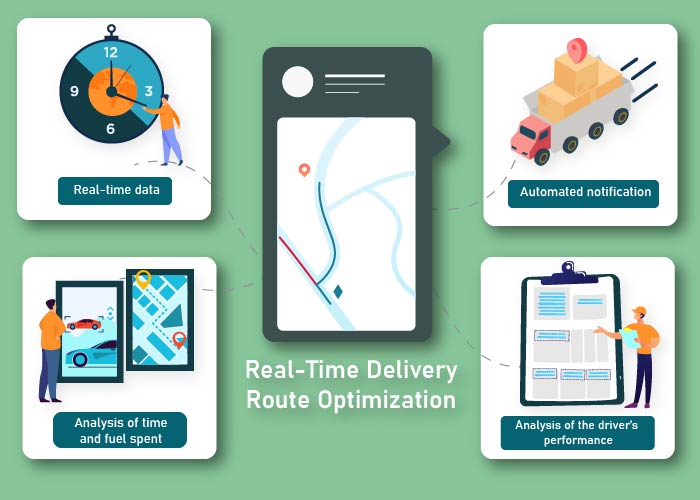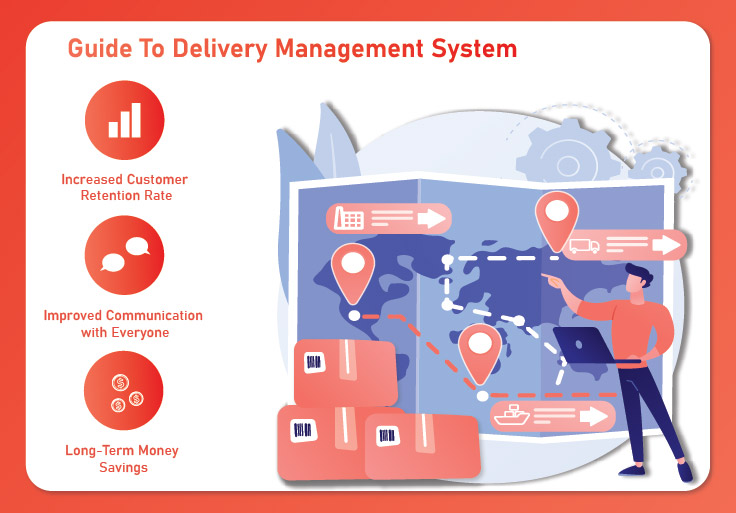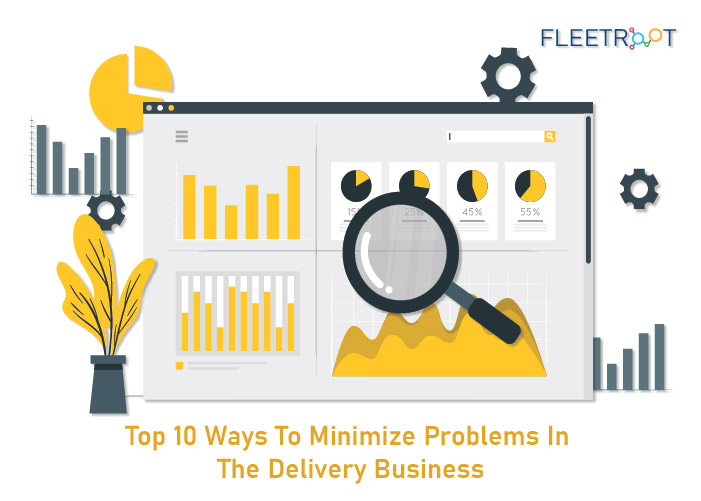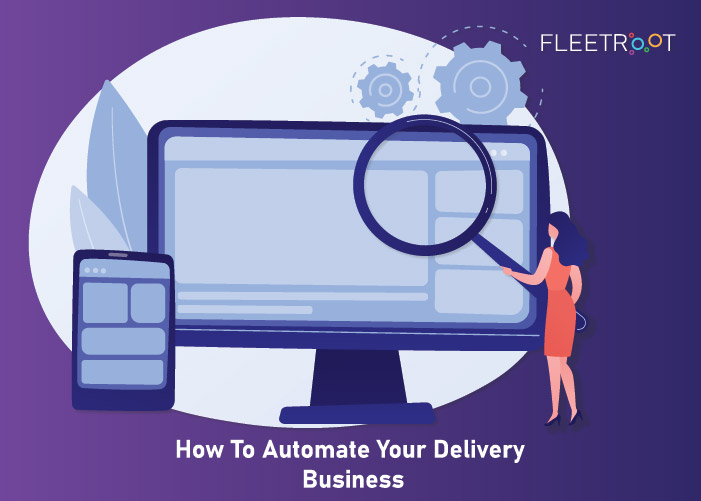How to use modern technology to improve customer experience has always been the driving question.
One such usage of technology is to use the Global Positioning System (GPS) and satellite imaging to track delivery executives and provide updated routes on the go.
While a rider is on its way, a real-time data about route optimization and live tracking of the vehicle will add to the performance of the rider as the fleet master can guide the rider to alternates routes towards the destination.
Below 10 ways live tracking can benefit the logistics industry.
1. Comfortable routing can be explained as a route assigned to a particular driver while keeping in mind the kind of road the vehicle has to travel on, the width of the road fit for that particular type of vehicle, the number and kind of packages that can be assigned to that particular rider.
The route optimization in real-time can be used to benefit the rider in guiding the vehicle to the kind of road required and can help the rider in avoiding wrong turns to narrow lanes.
For example, a car being used to deliver big size packages can get updates in real-time to avoid narrow lanes and use the main roads.
2. Bird’s eye view is a feature well used by the fleet manager to track the route live and inform the driver of any road blockage ahead.
In such instances, the driver gets a real-time update on the handheld device about the updated route to take. Such kind of route calculation is done keeping in mind the shortest possible route for a particular type of vehicle.
All this information exchange happens in a matter of seconds while the driver is already on its way and hence it is called real-time route optimization.
3. The automated route navigator scans the road ahead.
Once the list of destinations is fed in the software, the brain of the software also known as the Algorithm maps the locations and scans the roads from the already present map images and data feeds about the route.
Based on the inputs from the scanned roads, the best route is chalked out for that particular driver and is sent to the handheld device.
All these calculations and mapping happens in a matter of minutes due to the advanced technology and processing speed.
4. Real-time data is described as the data generated based on the calculations while the driver is on the way to the destinations. While driving if the vehicle is turned at an unexpected road, the GPS checks the road ahead and plans a new route for the driver.
This data is immediately sent to the fleet master and the driver.
The map displayed on the handheld device gets updated and shows the new direction and roads the driver has to use. This feature is of high importance and advantage in the logistics business and can ensure the safety of the driver.
5. Analysis of the driver’s performance is also another valuable data for the business. While the drivers get a predefined route to drive on, however, all of sudden turns out of the defined route, stops at non-regular intervals or random places, and delays can be tracked with the help of real-time data.
This flows backward from the driver to the fleet manager. Using this data, the fleet manager can then make decisions to improve the service and reduce any delays that might have happened.
6. Analysis of time and fuel spent is also a factor to consider to improve business. While these factors are comparatively less important, not keeping a tab on it would result in delayed deliveries and loss to the business to some extent.
A cumulative figure for the performance of drivers over a regular period of time can help make decisions at the top level. Though the changes are being done in the business, the end result would improve customer satisfaction.
7. The automated notification informs the driver of the changes made by the fleet manager. This happens while the driver is heading towards its destination.
When the updates are sent to the driver, the application in the handheld device updates the screen automatically and creates a notification sound to inform the driver to check the modifications.
The driver need not worry about having the latest information from the fleet manager.
8. Delivery time scheduler is another aspect of real-time route optimization and benefits the customer.
While a rider is on the way to deliver a package if the customer becomes unavailable, this option lets them reschedule the delivery at a convenient time.
Since the data of rescheduling is updated to the rider in real-time, they can move to the next location thus saving time waiting for the customer who postponed the delivery from its end.
9. The fleet manager gets to control and update the routes of more than one rider in real-time. This can help in better coordination between the riders in cases of emergency deliveries.
Some items can be very vital and need to be delivered with the utmost urgency. While this is a rare scenario, the possibility does exist.
10. Automated Reverse Pickup calculator can be used to pick up a package from a customer who wants to return it.
While the logistics deal with packages going from the businesses to the consumers, there are cases of returns as well. If a return is scheduled, the fleet manager can update the route for a rider to receive the package while riding in the same way.
Conclusion:
While live tracking is a feature used by the fleet manager to keep a track of the vehicles, the customer can also get to see the status and position of the package in the interface made available to them.
This improves customer satisfaction and thus improves the overall confidence in the company. Would you like to know more about the functionality?
Automate, Track & Deliver Efficiently With Delivery Management System




